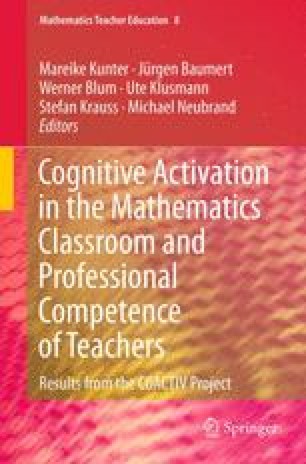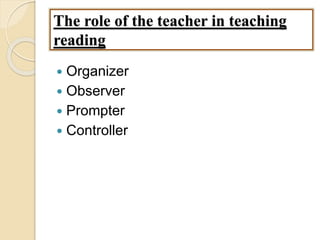

- #Teacher as a prompter software#
- #Teacher as a prompter professional#
- #Teacher as a prompter series#
#Teacher as a prompter software#
What’s perhaps most interesting about these prompts is that it’s clear Microsoft has been investing in a new software engineering discipline: prompt engineering.

Microsoft’s Bing prompts showed that it was being constrained to simulate a helpful personality that would construct content from search results, using Microsoft’s own Prometheus model as a set of additional feedback loops to keep results on topic and in context. By providing a well-designed prompt and limiting the size of the response, it’s possible to reduce the risk of the model producing grammatically correct but inherently false outputs. The models are trained using large amounts of data which is then fine-tuned for a specific task.
#Teacher as a prompter series#
You give the model a prompt and it responds with a series of words that fits both the content and the style of the prompt and, in some cases, even the mood. Large language models, like OpenAI’s GPT series, are best thought of as prompt-and-response tools. Early experiments with the service quickly revealed details of the predefined prompts that Microsoft was using to keep the Bing chatbot focused on delivering search results. It has been estimated that some two billion people speak the language (Graddol, 2006 Ur, 2009), many.The launch of Microsoft’s new AI-powered Bing shone new light on the company’s investments in OpenAI’s large language models and in generative AI, turning them into a consumer-facing service.

A lot more people now use English and many of these people are non-native users of English. The users and uses of English have changed a great deal in the past thirty years or so. Lastly I conclude by suggesting that the teachers take a critical stance towards their roles and adopt new roles that are more attuned to the changing status of English as a global language.

EIL-orientated teacher roles such as promoter of intercultural competence and multiculturalism, promoter of other varieties of English, critical user of course books and teaching methodology are discussed in this section. The second part of this article examines a set of EIL principles and the kinds of teacher roles that reflect these principles. communicative language teaching) and promoter of English-only classrooms. Examples of teacher roles under this category include those that view the teacher as an ambassador of the inner-circle culture, model of the native-speaker variety of English, user of western-based teaching methodology (e.g. The second set of roles refers to those that require a critical examination as they may run counter to some of the EIL principles discussed in the second part of the article. Included in this first set are such roles as: motivator, needs analyst, materials developer, organizer of learning activities, monitor of student learning and provider of language input. The first set refers to those that all good language teachers are expected to play, as these roles are based on general educational principles or second language teaching principles. In this article, I first look at the traditional roles of language teachers. language teachers in general, and NNESTs in particular, hold attitudes towards EIL that are far from being enthusiastic". Citing Jenkins' (2007) work, Llurda (2009: 126), for example, maintains that ".
#Teacher as a prompter professional#
While the professional literature indicates that many applied linguists seem to give whole-hearted support to the EIL models of teaching (Mckay, 2002 Sharifian, 2009), the reality at the ground level is that many teachers are less eager to embrace such models. In addition, and perhaps more importantly, they need to develop a favourable attitude towards the teaching of EIL. To implement an EIL approach, the teachers need to learn and do a lot of things-they need to understand what it means to teach English in the EIL context they need to know what kinds of roles they should play in promoting EIL pedagogy and what roles they should be critical about if they want to put into practice an approach to teaching English that is compatible with EIL principles they also need to be willing to learn new knowledge and skills before they can comfortably assume their new roles in teaching EIL. One of the key factors in the successful implementation of an English as an International (EIL) approach to teaching English is the teacher (McKay, 2002).


 0 kommentar(er)
0 kommentar(er)
